1. Calf’s Foot Jelly

Back in the 1800s, people considered calf’s foot jelly a delicacy, but it was far from the kind of jelly we think of today. This dish was made by boiling calves’ feet until the collagen turned into a gelatin-like substance, which was then flavored with sugar, wine, or lemon juice. It was served as both a savory and sweet treat, depending on the household. While Victorians thought it was elegant, the thought of slurping up jelly from boiled feet probably won’t make many modern stomachs rumble with excitement.
What’s even more unsettling is that it wasn’t just for dinner guests—it was often served to the sick as a “restorative” food. Imagine being sick in bed and someone handing you a wobbly bowl of calf’s foot jelly instead of chicken soup. It might have been packed with nutrients, but the texture and origins are enough to turn appetites away today.
2. Mock Turtle Soup
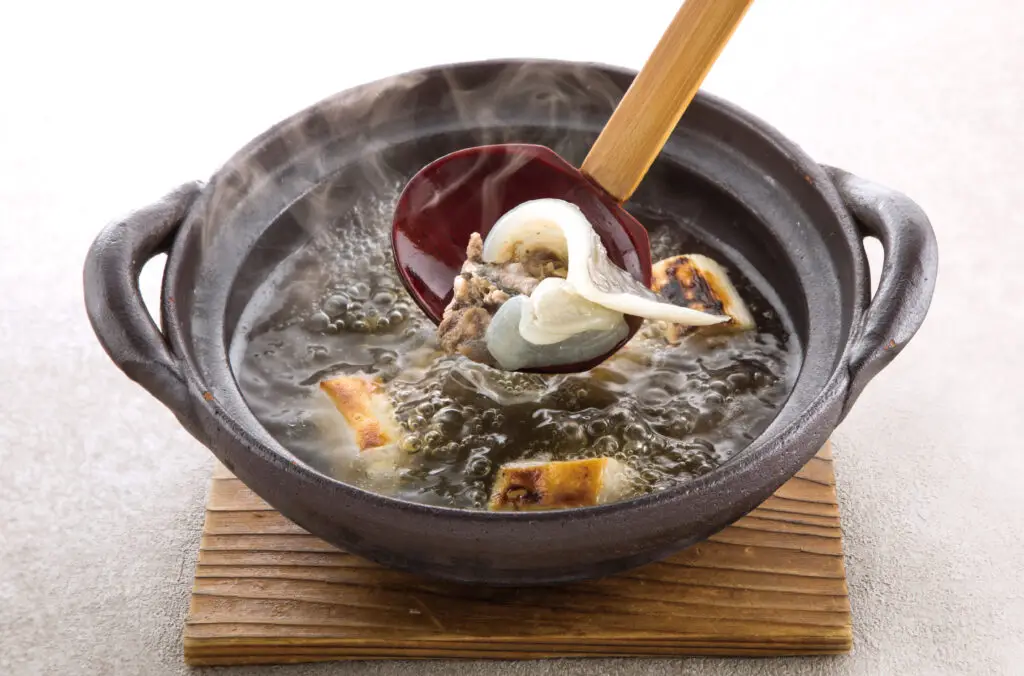
Turtle soup was a popular dish in the 19th century, but turtles were expensive and not always available. To solve this, cooks came up with “mock turtle soup,” which used a calf’s head, complete with brains and other parts, to mimic the taste and texture of real turtle meat. It was considered a cheaper, clever substitute, though it didn’t exactly sound appetizing.
The soup often had a strong flavor thanks to added spices and sherry, but knowing what was floating inside could easily make a person squeamish. Even Charles Dickens wrote about it in his novels, which shows just how common it was. Still, most of us would probably pass on a bowl of broth that started with a calf’s head.
3. Eel Pie
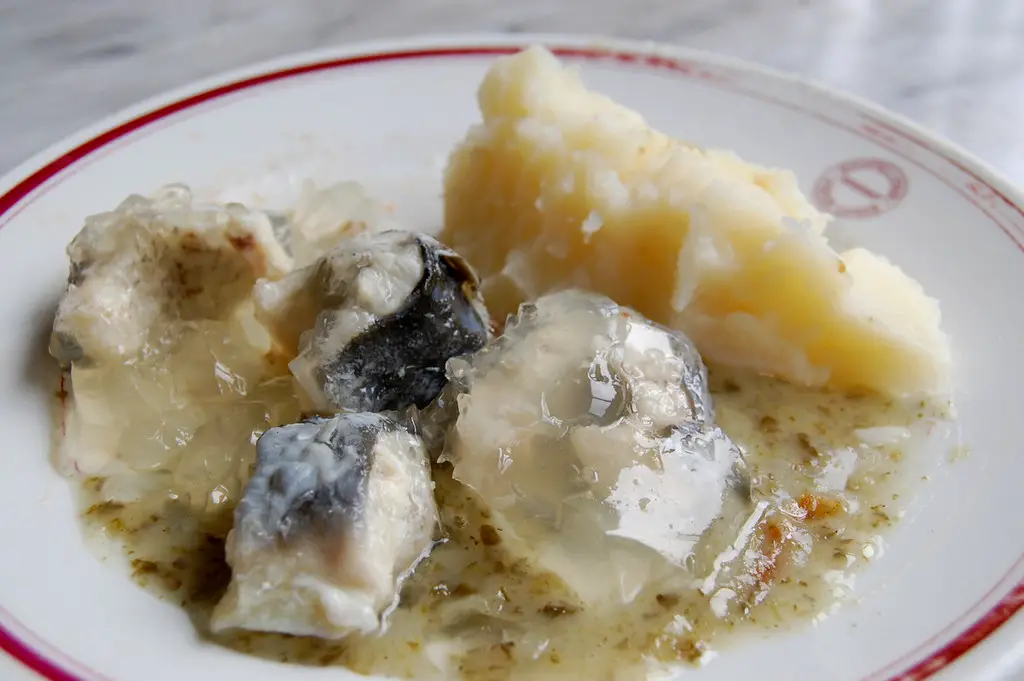
Eels were an everyday protein in 1800s England, especially in London where they were abundant in the Thames River. They were baked into savory pies with a thick crust, making them portable and filling. Working-class families relied on eel pies because they were cheap, hearty, and available year-round.
But for modern taste buds, the idea of slimy, snake-like fish encased in pastry doesn’t exactly scream comfort food. Eels have a strong, oily flavor that can be off-putting if you’re not used to it. Pair that with gelatinous sauces common in Victorian cooking, and eel pie becomes a dish that would probably empty plates at a dinner party—but not in the way the host intended.
4. Boiled Sheep’s Head
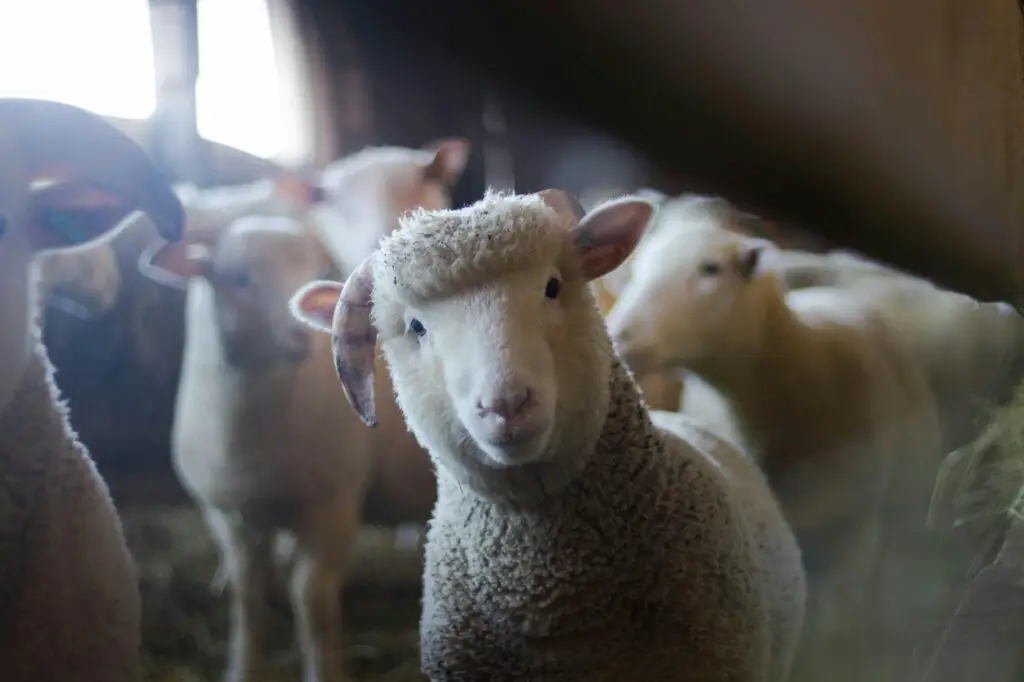
This dish was exactly what it sounds like—a whole sheep’s head boiled and served on a platter. It was often garnished with parsley or paired with gravy, and nothing went to waste. Diners were expected to eat the tongue, cheeks, and even the eyes. In some recipes, the head was split open to expose the brain, which was scooped out and eaten.
For people in the 1800s, this wasn’t shocking at all; it was economical and ensured the animal was used fully. But for most of us today, staring into the glazed-over eyes of dinner while trying to cut into its cheek meat would be enough to make us skip the meal. It’s one thing to enjoy lamb chops, another entirely to be face-to-face with your dinner.
5. Roast Beavers’ Tails

Frontier settlers in North America sometimes relied on unusual meats, and one prized dish was roast beaver tail. The tail is covered in a scaly, fish-like skin that, when roasted, becomes crispy while the inside turns fatty and rich. To pioneers, it was a delicacy, almost like a reward after a tough hunt.
Today, though, the mere description might turn stomachs. The texture was said to be chewy and gelatinous, and the flavor extremely oily. While it may have fueled survival on the frontier, it’s not something most people would be eager to see on a dinner plate now.
6. Turtle Eggs

In coastal regions and river communities, turtle eggs were considered a luxury food. They were collected in large numbers, boiled, and eaten much like chicken eggs—only they had a rubbery shell and a very fishy taste. Some recipes even called for frying them in butter or mixing them into puddings.
The problem was not just the texture, which many found slimy, but also the overpowering flavor. While prized in the 1800s, conservation laws today protect many species of turtles, and most modern eaters wouldn’t find them appetizing. They’re a reminder of how different food norms were in the past.
7. Pickled Tongue
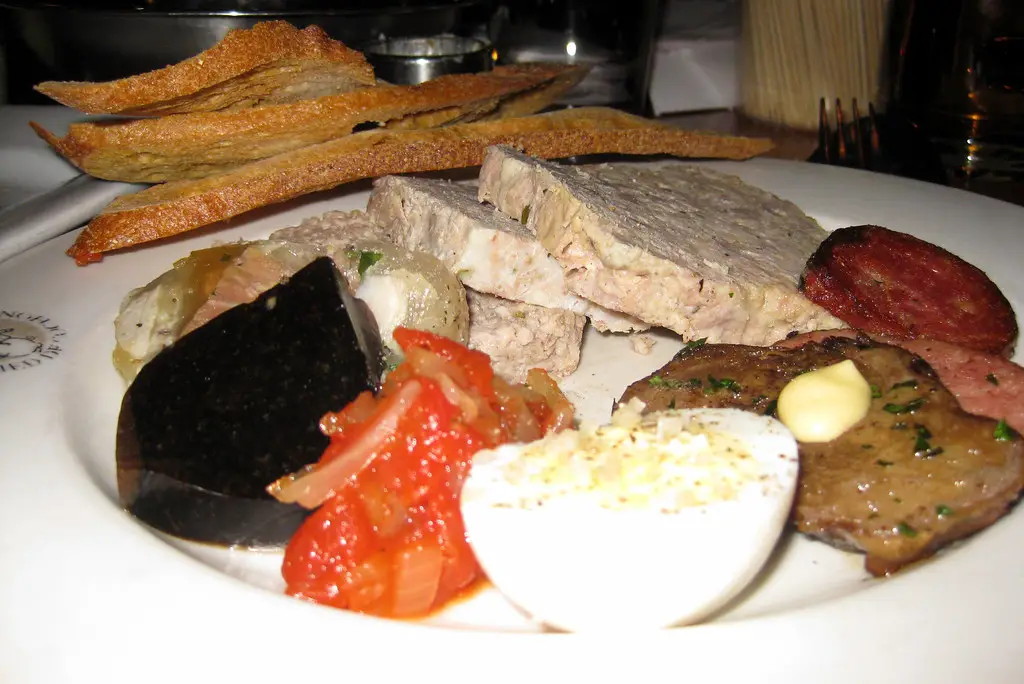
Pickling was a way to preserve food, and tongue—usually from a cow—was often brined and pickled for later meals. Once prepared, it could be sliced and served cold, often as part of a sandwich or with bread and butter. It was considered a hearty dish, especially for travel or storage.
But for many of us today, the idea of eating thick slices of pickled tongue is far from appealing. The texture is dense and chewy, and it’s impossible to ignore the fact that you’re eating a literal tongue. Victorian cookbooks praised it, but most modern stomachs would probably prefer to pass.
8. Blood Pudding

Also called black pudding, this dish used animal blood mixed with fat, oats, and spices, then stuffed into casings and boiled or fried. It was a way to use every part of the animal and was especially common in working-class households. Rich in iron, it was often served at breakfast with bread or potatoes.
Even though some cultures still enjoy it today, many people are turned off by the idea of eating congealed blood. The taste is metallic and earthy, and once you know what’s in it, it’s hard to get past the mental hurdle. In the 1800s, though, wasting blood wasn’t an option, so this dish was a staple.
9. Fried Tripe
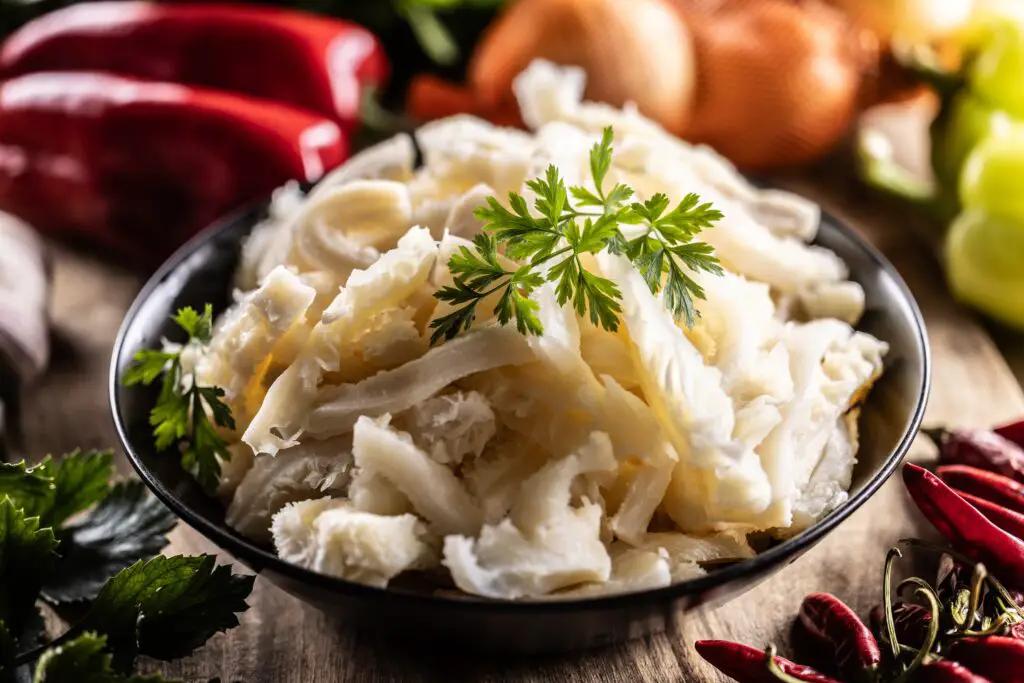
Tripe is the lining of a cow’s stomach, and frying it was a popular way to prepare it in the 19th century. It was cheap, filling, and available to almost everyone. Often it was dredged in flour, seasoned, and fried until crispy on the outside, while the inside remained chewy.
The downside is that tripe has a very strong, barnyard-like odor that lingers even after cooking. Combine that with the chewy, rubbery texture, and it becomes clear why many today would push the plate away. While people in the 1800s embraced nose-to-tail eating, fried tripe isn’t winning over many modern diners.
10. Head Cheese
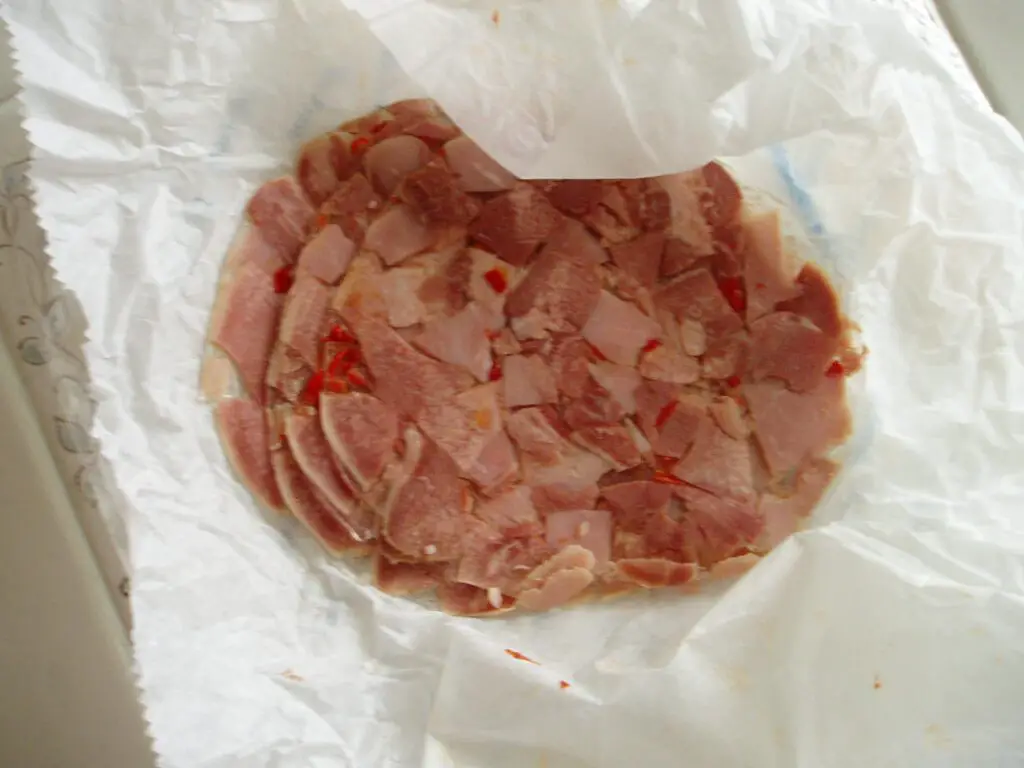
Despite the name, head cheese isn’t cheese at all—it’s a terrine made from the flesh of a boiled pig’s head, set in a gelatin made from the natural collagen. Once cooled, it was sliced and served cold, often with bread or pickles. It was an efficient way to make use of scraps, turning them into something that looked almost refined.
But appearances aside, the jelly-like texture combined with the knowledge of what it’s made from can make even adventurous eaters uneasy. In the 1800s, it was common at both farmhouse tables and fine dining spreads. Today, though, the idea of munching on pig’s head encased in jelly isn’t exactly appealing.
11. Possum Stew

For rural families in the American South, possum stew was a survival food. Opossums were plentiful, easy to catch, and could provide a hearty meal when mixed with vegetables and herbs. Recipes often recommended slow-cooking the meat to tenderize it, since possum could be tough and greasy.
The flavor was said to be gamy and strong, which doesn’t exactly line up with modern tastes. While it filled bellies in the 1800s, the thought of eating possum today makes most people recoil. It was practical in its time, but it’s not the kind of comfort food that stuck around.
12. Lark Pie

Tiny songbirds like larks were once considered a delicacy in Europe, and 19th-century cookbooks featured recipes for lark pie. The birds were plucked, sometimes cooked whole, and layered inside a pastry crust. A dozen or more birds could go into a single pie, making it a feast for wealthy households.
The idea of eating tiny birds, bones and all, doesn’t sit well with modern diners. Beyond being unappetizing, the dish would be frowned upon today for animal cruelty and overhunting. In the 1800s, however, it was considered fancy dining, though one look at a lark pie now would likely turn heads for all the wrong reasons.
13. Vinegar Pie
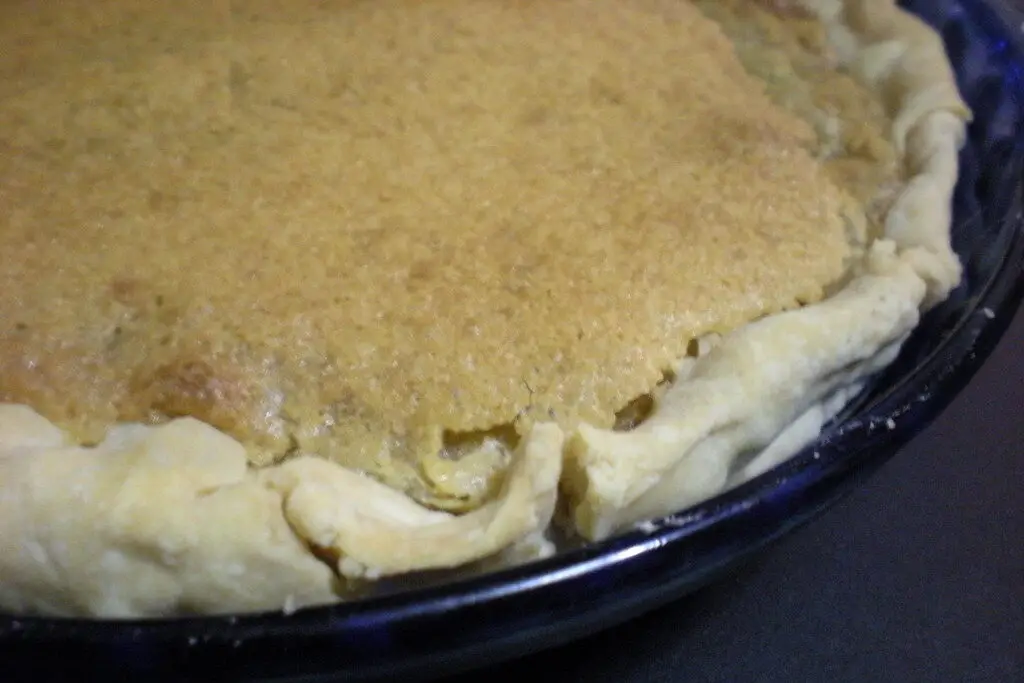
When fresh fruit wasn’t available, resourceful cooks made vinegar pie. It mimicked the tartness of lemon pie by using vinegar, sugar, and a custard base. For pioneers and rural families, it was a clever way to enjoy dessert without exotic ingredients.
But let’s be honest—no matter how much sugar you add, vinegar pie still tastes like vinegar. The sharp tang might have been tolerable back then, but today it’s unlikely anyone would request a second slice. It’s one of those recipes that reminds us just how creative, and desperate, people had to be when food supplies were limited.
